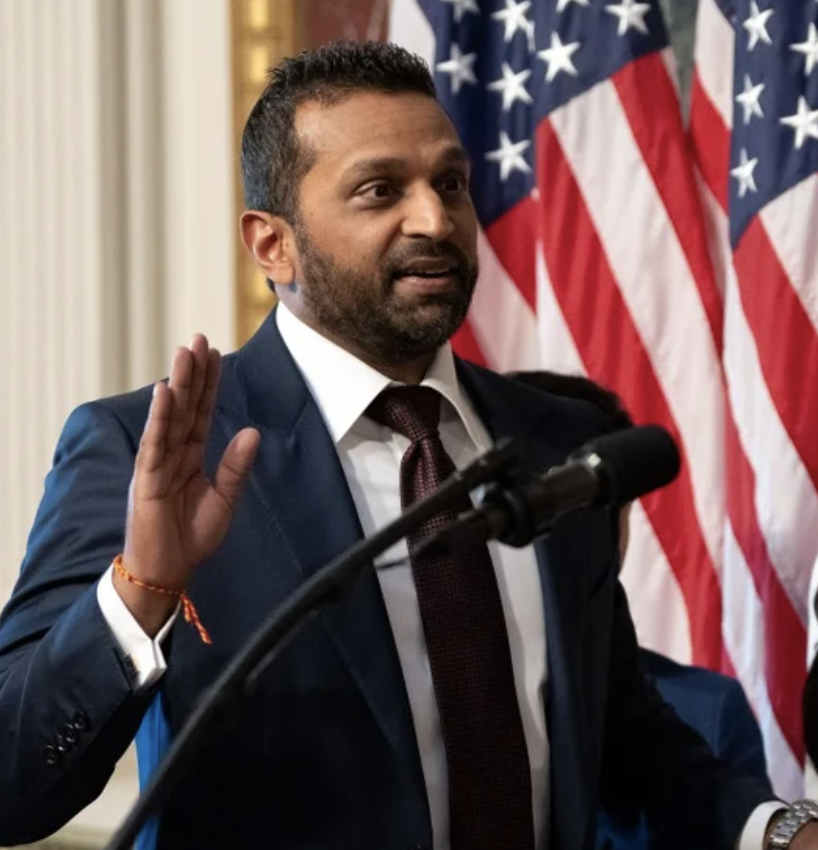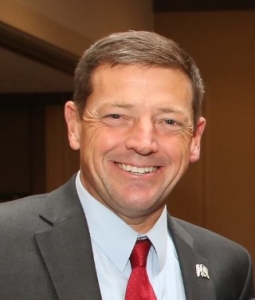James G. Huse is a retired assistant director of the U.S. Secret Service and a retired Inspector General for Social Security.
By James G. Huse Jr.
In the wake of the kabuki surrounding the media focus on the bizarre escapades of White House crashers Tareq and Michaele Salahi, one fact stands completely indisputable: there is no such thing as perfect security.
The Secret Service knows this from its long history, and from that, has built its protective operations accordingly. All Secret Service protective operations are woven from inter-locking internal controls (some highly classified) that not only reinforce each other, but provide parallel assurance as well.
In the context of this incident, as the Director of the Secret Service Mark Sullivan testified before the Congress, neither the President’s safety or well-being or that of the Prime Minister of India were jeopardized by the attendance of the non-invited Salahis to the state dinner.
Any security system for public dignitaries that depends on the discretionary judgments of humans, has to accept the risk of human error as a variable.
Indeed, in this incident the failure of these controls at a critical checkpoint allowed the Salahis their uninvited access. How that failure transpired is under intense investigation by the Secret Service, and appropriate adjustments and actions will follow as a result.
Nevertheless, what is not clearly reported, is that other concurrent security operations were successfully performed at the state dinner, that assured the safety of the President and his distinguished Head of Government guest.
The strident critics of the Secret Service do not understand this concurrent security dynamic, or do not care to comprehend this reality because it deflates their various theses that this incident is the result of mismanagement or budget stinginess.
The clear understanding that human error can occur drives the development of Secret Service protective operations plans and execution.
In my own personal experience as a special agent, I remember the state arrival ceremonies on the South Grounds of the White House, in 1979 for the Chinese leader, Deng Xiaoping, that were disrupted by an unruly individual in the press pool who screamed out unflattering epithets at the visiting dignitary during his speech.
Subsequent investigation revealed that the individual had garnered press credentials with a claimed affiliation to a non-existent publication. While the arrival ceremony was marred by this breech of etiquette, neither President Carter or Leader Deng Xiaoping were endangered in any way.
In later years as an Assistant Director, I was the Chief Investigator for the White House Security Review that followed the September 1994 small plane crash on the South Grounds of the White House, and the semi-automatic weapons firing by Francisco Duran at individuals on the North Grounds of the White House in October 1994.
This investigation and the subsequent publication of the White House Security Review in 1995 resulted in substantive recommendations to improve the security of the White House complex, and yet, in neither incident was the security of President Clinton harmed in any way because of existing concurrent security operations and planning.
The Secret Service has a difficult mission and does not seek to avoid or compromise its responsibilities for the safety of its designated protected individuals.
It understands that constant improvement is the guarantor for operational success. The Secret Service accepts that its vital trust to protect the President is not an impossible mission but knows it is a most complex and dynamic one, where the public access to its leaders in a representative democracy is a constant dynamic.




